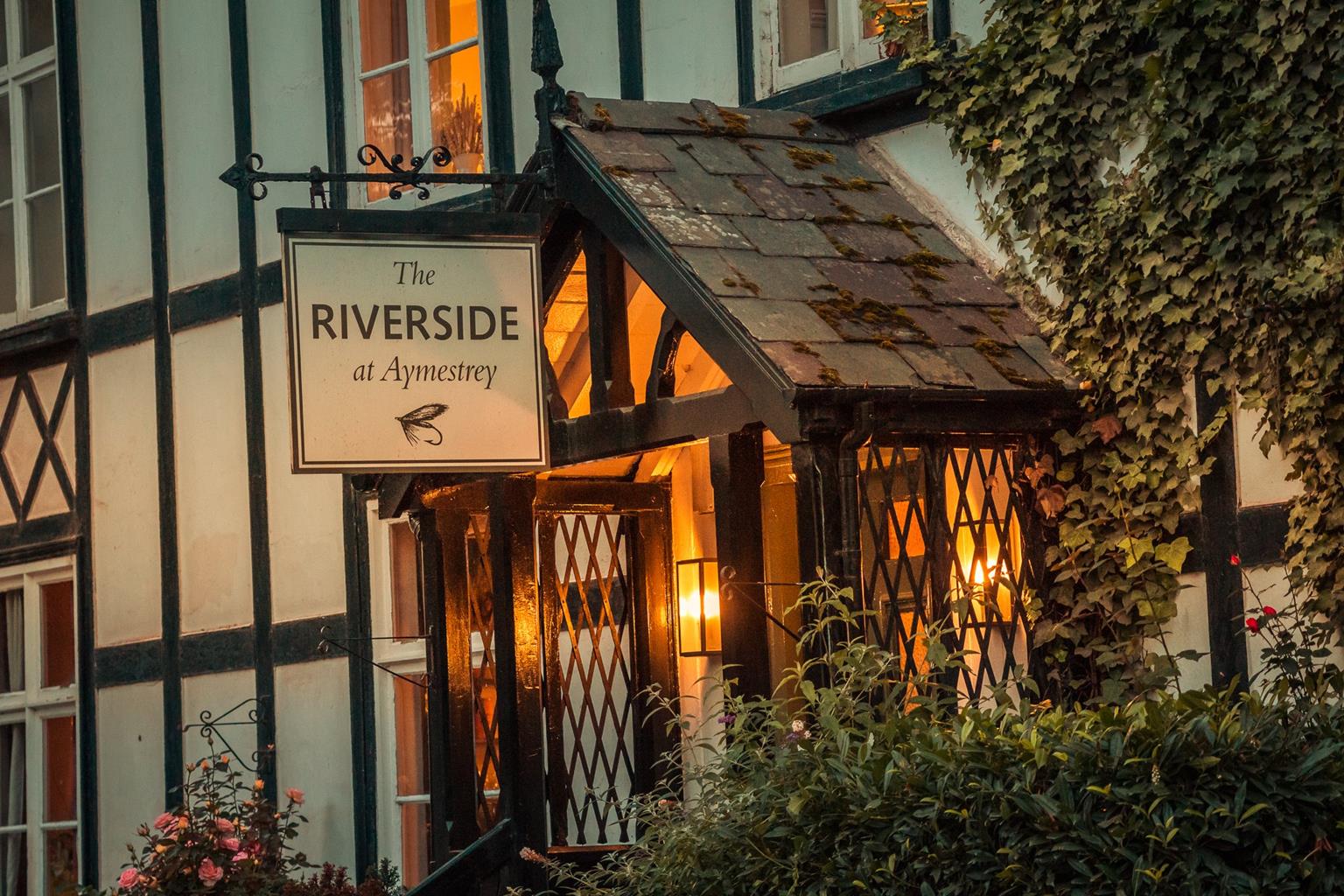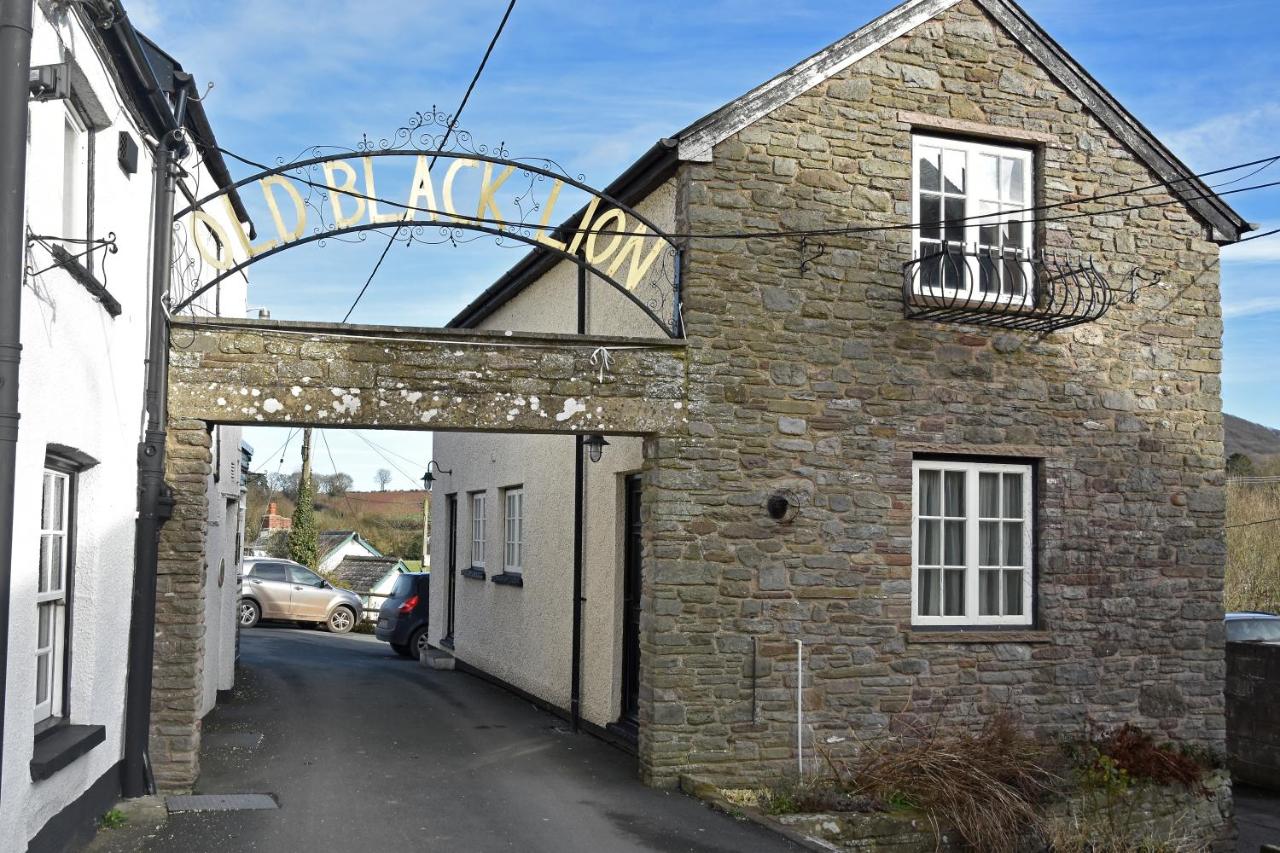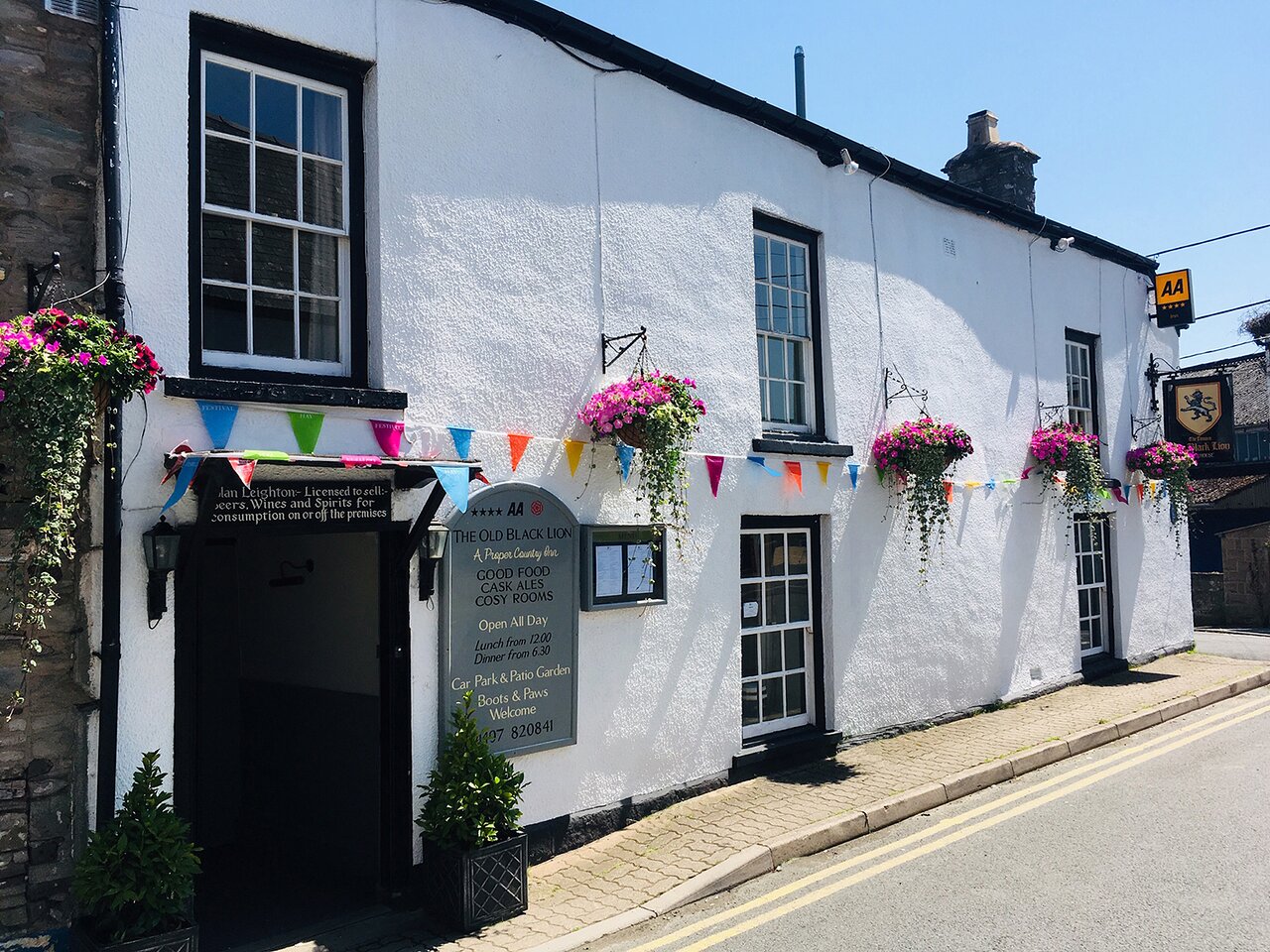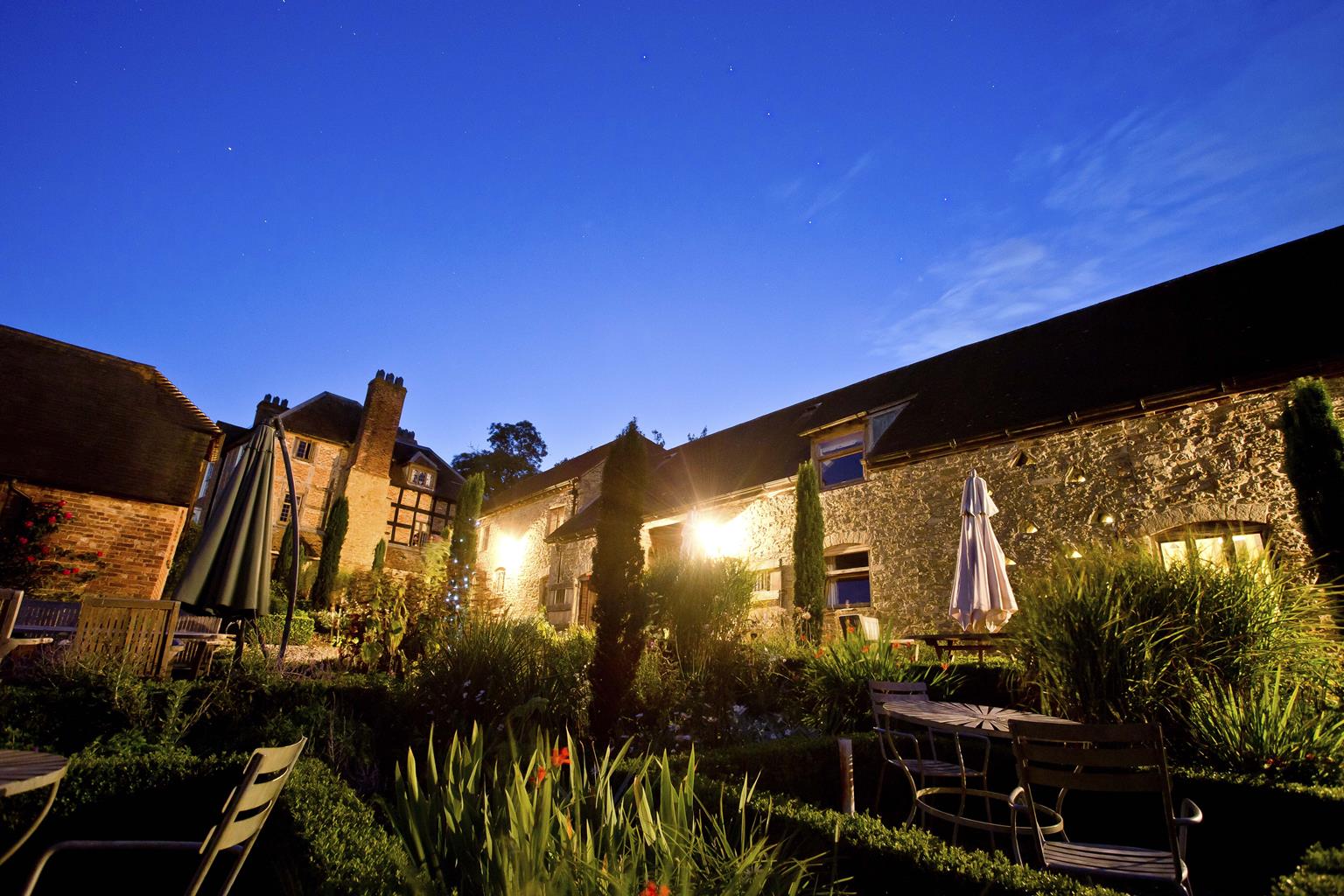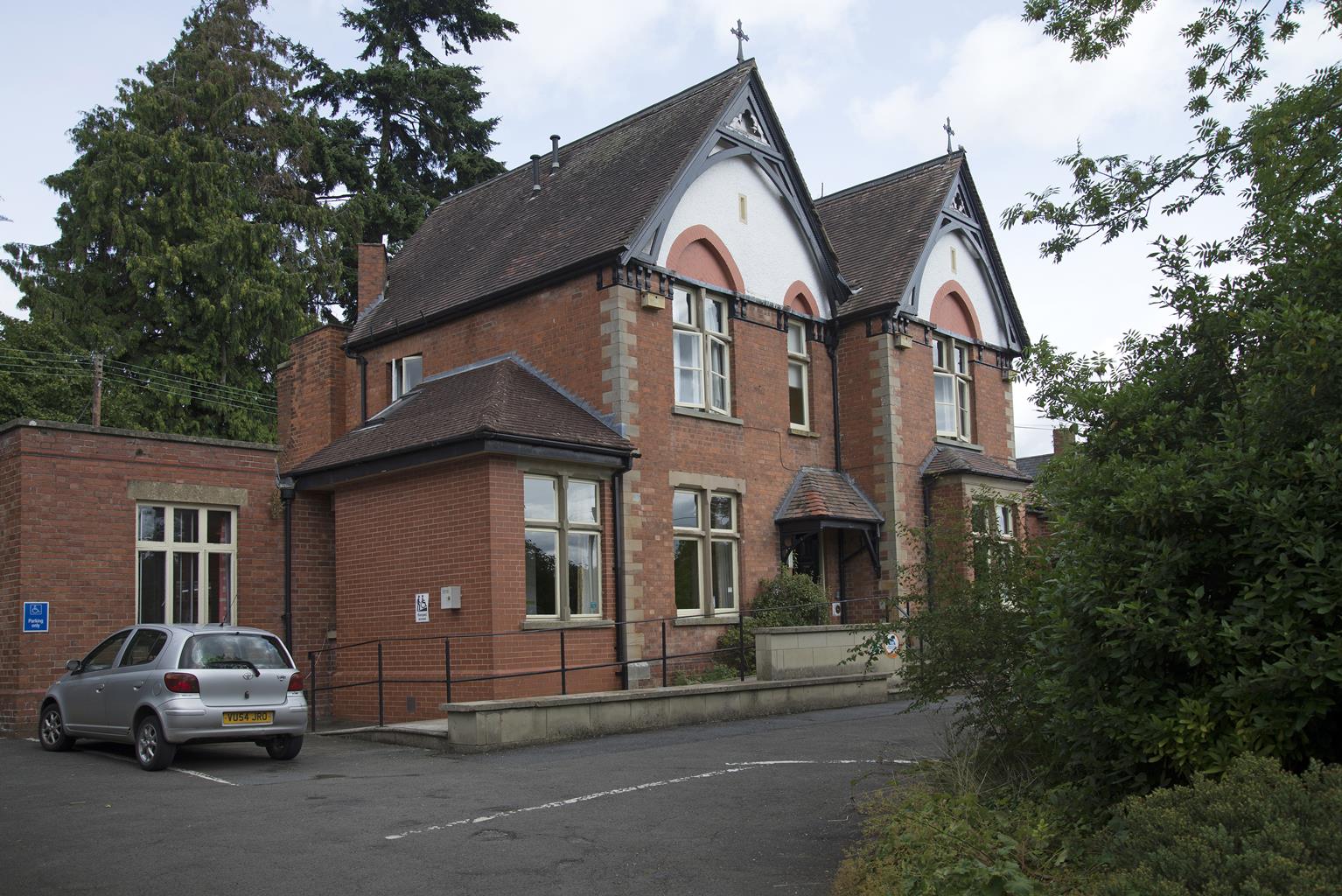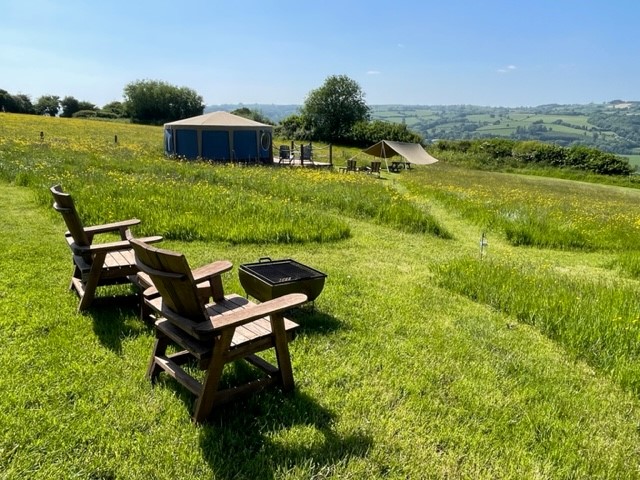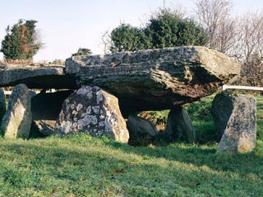Nestling in the Welsh Marches on the edge of an historic market town, cosy and comfortable YHA…
Hergest Ridge

7.5 miles (12.1kms)
About the walk
The first thing you need to know about this walk is that ‘Hergest’ rhymes with ‘hardest’ – but don’t let that put you off. Kington was essentially a wool-trading market town, on an important drovers’ route. St Mary’s Church was certainly visible from afar, a tall spire on a hilltop position. The Norman tower had to be rebuilt in 1794. The remainder was built mostly in the 13th century, but with Victorian additions. The suggested map shows ‘Race Course (disused)’ along Hergest Ridge. It was a focus of entertainment from 1825 to 1846. It had replaced the one on Bradnor Hill (north of the town), first used in the 1770s. Racing stopped circa 1880, but being up on the hill must have given considerable relief from the nauseating stench of the town’s surface sewage.
The Hergest Ridge section is one of several highlights for walkers undertaking the Offa’s Dyke Path. The path and the ancient earthwork itself often do not coincide, but that doesn’t seem to matter – they still represent a mighty piece of history and a fine long-distance route. Adjacent to Bradnor Hill is Rushock Hill, and a particularly well-preserved section of the Offa’s Dyke that the National Trail route follows – you will have to make a separate excursion on foot to see it. The industrial estate that straddles the road southwest of Hergest Bridge stands on the site of a ‘camp’, a wartime military hospital, dilapidated parts of which remain. Closer to the town, on the opposite side of the road to the toll house, the (almost) level field once served as a landing strip – all 300yds (274m) of it!
During the 1970s, the musician and composer Mike Oldfield lived on Bradnor Hill just north of Kington, and seen from Hergest Ridge. Following the success Tubular Bells, which catapulted him onto the world stage, he released a second album, Hergest Ridge, inspired by the countryside around his home. It is an instrumental composition that reached number one in the album charts in 1974. His house, The Beacon, was turned into a recording studio where he recorded his third album, Ommadawn in 1975.
Hergest Court was once one of the many properties owned by the Vaughan family. Vaughan’s wife’s brother had been murdered, for which she effected revenge in dramatic fashion. Dressed as a man, she attended an archery contest where her brother’s killer was, and despatched him with a fatal arrow. She then fled. Sir Thomas Vaughan was killed in the Wars of the Roses. Their alabaster effigies lie in Kington’s St Mary’s Church. Hergest Court is also rumoured to be haunted by a black dog, the story – and the house – allegedly the inspiration behind Arthur Conan Doyle’s story, The Hound of the Baskervilles.
Walk directions
Walk down the High Street and turn right into Bridge Street. Cross the River Arrow and turn right into Kingswood Road. Take the driveway to Newburn Farm.
Go round three sides, then take a gate beyond a corrugated shed and stables into a field. After an area planted with trees (including cherry and ash), when you see a footbridge, move up and left to take a stile to a right-hand field-edge, under huge oak limbs. Walk for over 0.5 miles (800m) through meadows, curving left to a stile and steps, between two houses, down to a road.
Turn right, then right again to cross Hergest Bridge, but after 125yds (114m) take a left fingerpost. Within 100yds (91m) veer right to cross a stile into trees. Out of trees, at a three-pronged waymarker, see a stile on your right, but go beyond it and veer left, to cross the bottom corner of a meadow towards a line of sweet chestnuts. Over a difficult stile, turn right, along an awkward path across a steep, wooded bank. After 325yds (297m), a stile puts you into another meadow. Pass by a bracken bank to cross a footbridge hidden in undergrowth (care needed). Contour to a gate then cross waymarked meadows using a two plank bridge, a double-stiled footbridge and steps down to a metal footbridge.
At a road on a caravan site for seasonal farm workers turn right. After 40yds (37m) find a stile, right. Almost immediately, take a second stile beside a huge oak stump. At a track beside Mahollam Farm bear right, downhill. Do not stay on this green lane, but go right, finding another metal footbridge. Ascend steeply, soon in farmland. Cross fields to a lane, first following a left-hand fieldedge, then cutting a left-hand field corner, then on to a red metal gate. Turn right. At a junction, go left for 325yds (297m), to a gate way-marked ‘Bridleway’. Now go straight up to the ‘423m’ trig point on Hergest Ridge.
Keep ahead for 80yds (73m) and, on seeing a wide path cut through bracken, go through and then around a pool. Turn right. Now stride out for 1.5 miles (2.4km), initially heading for a clump of monkey puzzle trees, ignoring an early left fork. On the road again, when 30yds (27m) beyond a sign proclaiming ‘Kington – the centre for walking’, turn right. Round Haywood Farm, continue down to a cattle grid; cross this. Down this road after 350yds (320m), look for a fingerpost beside the white ‘No. 31’. Go down this field. Turn away from Kington for 120yds (110m), then turn sharply left, following ‘Tatty Moor’. Cross a meadow and school playing fields to the recreation ground. Join Park Avenue, which becomes Mill Street.
Additional information
Meadows, field paths, excellent tracks, many stiles
Panoramas on Hergest Ridge
Sheep country and some horses
OS Explorer 201 Knighton & Presteigne
Mill Street car park (east and west sides of Crabtree Road)
On Mill Street
WALKING IN SAFETY
Read our tips to look after yourself and the environment when following this walk.
Find out more
Also in the area
About the area
Discover Herefordshire
Herefordshire is split in two by the River Wye which meanders through the county on its way to the Severn and the sea. Largely rural, with Hereford, Leominster, and Ross-on-Wye the major towns and cities, its countryside and ancient villages are the county’s major asset.
Visitors can take advantage of a number of the trails which will guide them through areas of interest. Those especially interested in historic village life should try the Black and White Village Trail, which takes motorists on a 40-mile drive around timber-framed villages from Leominster to Weobley (established in the 17th century and known as a centre of witchcraft in the 18th), Eardisley (where the church boasts a 12th-century carved font), Kington, Pembridge and others. Other trails include the Mortimer Trail, the Hop Trail and the Hidden Highway, which goes from Ross-on-Wye to Chester. Hereford has a small Norman cathedral, which has a great forest of pink sandstone columns lining the nave. Inside is a chained library, a 13th-century Mappa Mundi (map of the world) and one of only four copies of the 1217 version of the Magna Carta.
Nearby stays
Restaurants and Pubs
Nearby experiences
Recommended things to do
Why choose Rated Trips?
Your trusted guide to rated places across the UK
The best coverage
Discover more than 15,000 professionally rated places to stay, eat and visit from across the UK and Ireland.
Quality assured
Choose a place to stay safe in the knowledge that it has been expertly assessed by trained assessors.
Plan your next trip
Search by location or the type of place you're visiting to find your next ideal holiday experience.
Travel inspiration
Read our articles, city guides and recommended things to do for inspiration. We're here to help you explore the UK.

